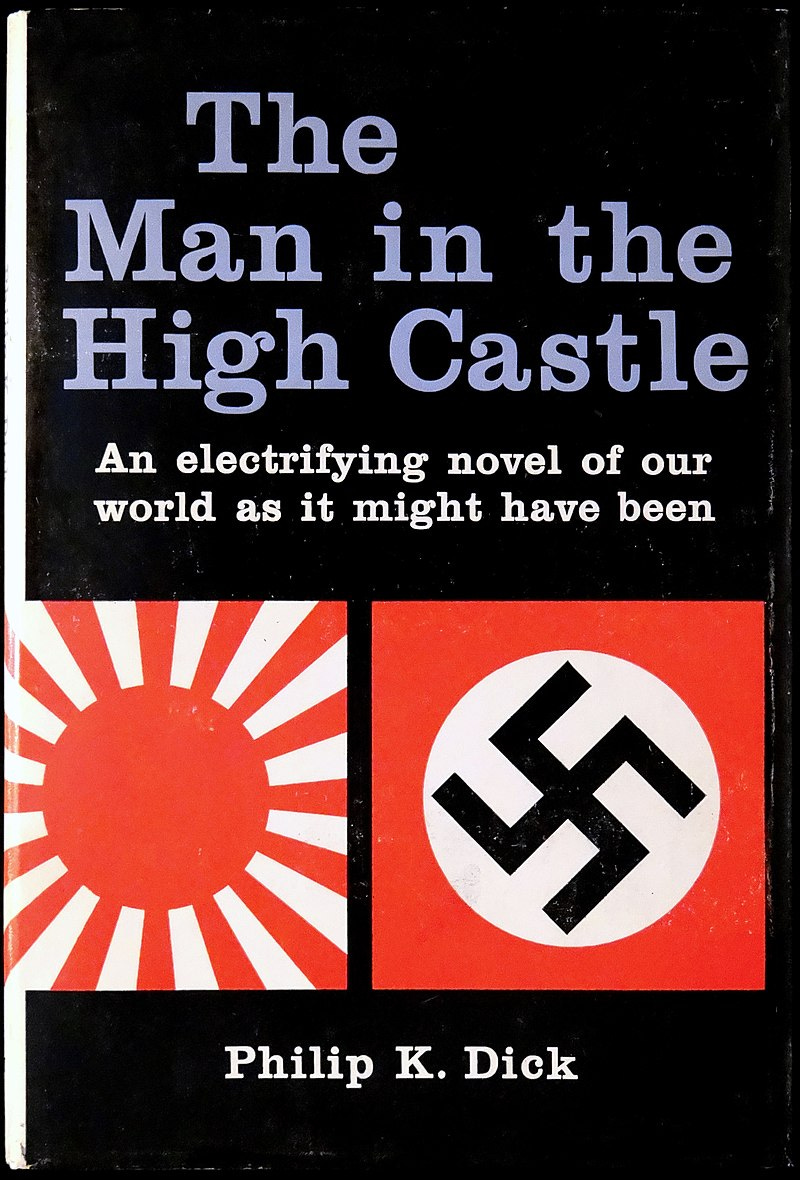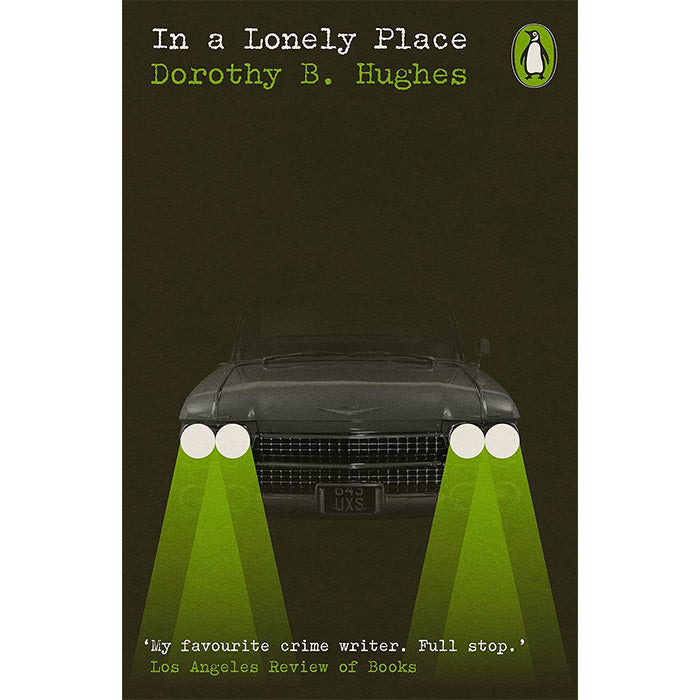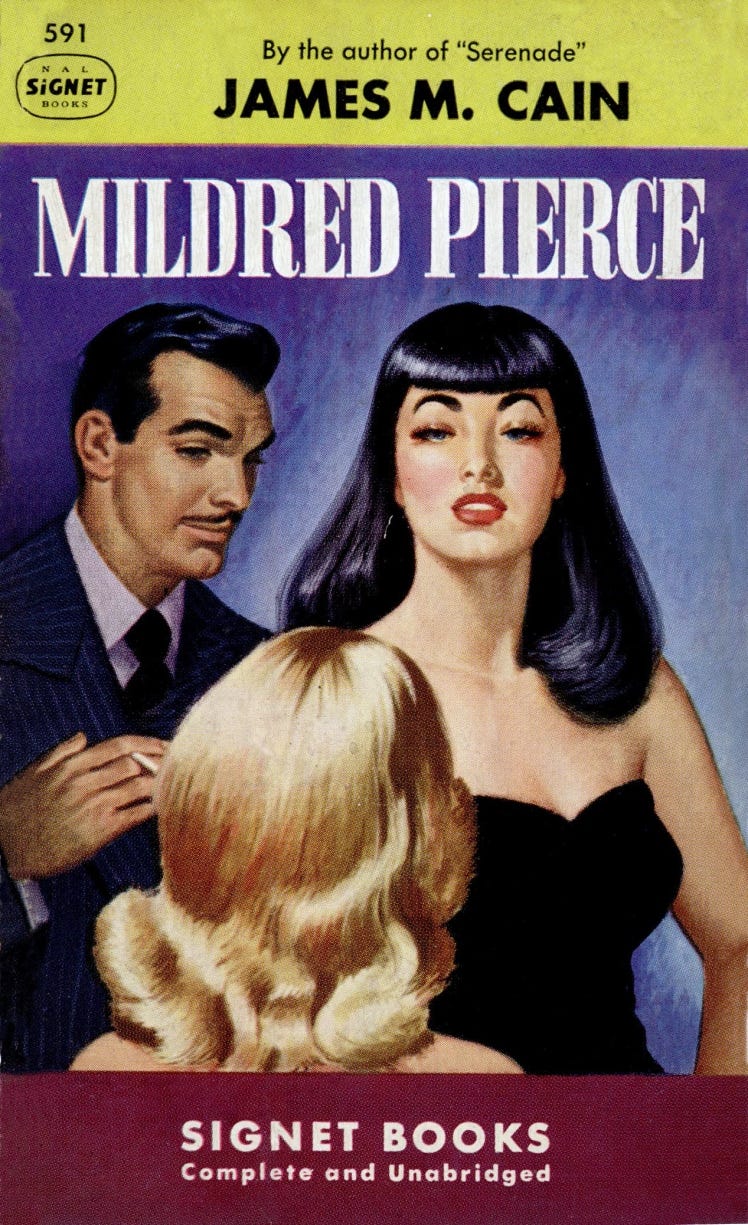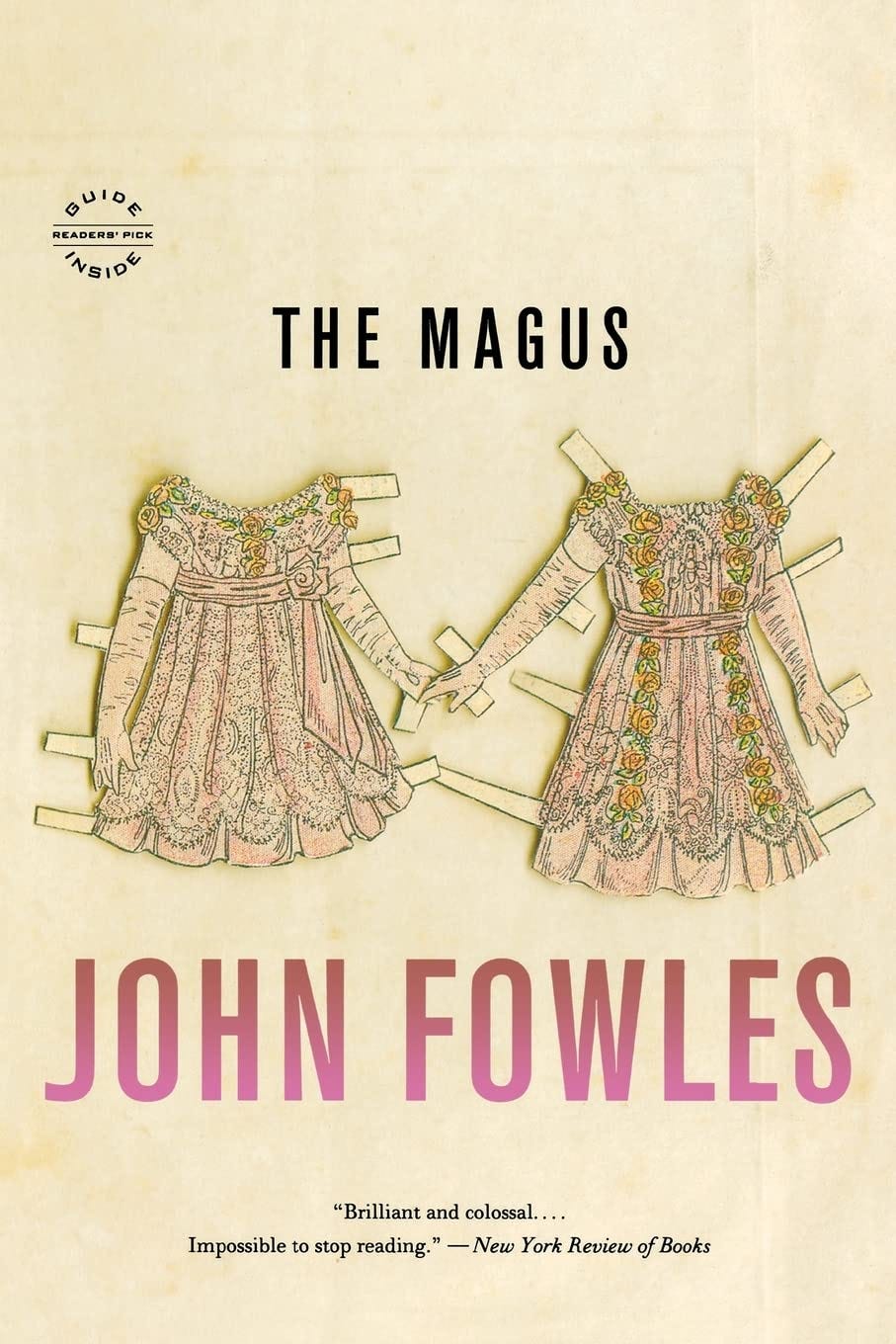Mount Rushmore: Four Favorite Novels
A post in which I channel those cool Letterboxd movie-ranking videos

A lot of people ask me what my favorite novel is. And of course that’s a very difficult, anxiety-generating question. My answer changes depending on the air pressure. So let me give you four that are on my “Mount Rushmore” right now.
#4: In a Lonely Place (1947) by Dorothy B. Hughes
One of the most under-appreciated noir novels as compared to Raymond Chandler’s, Dorothy Hughes’ In a Lonely Place is a captivating exploration of postwar anxiety in West L.A. We find Princeton grad and ace pilot Dix Steele staying in the Santa Monica apartment of a college friend, aimlessly pretending to write a crime novel.
At the same time, we learn that there’s been a series of murders of young women in the area, and that Steele’s war buddy “Brub Nicolai”—yes, the names in this book are hilarious—is the detective in charge of the investigation. Very slowly, we realize that there’s more than meets the eye about Steele, and that he may be the source of the murders after all.
Adapted into a famous 1950 movie starring Humphrey Bogart, In a Lonely Place is an incredible character study and an unusually feminist noir, one that sees very finely drawn female characters as the heroes of the story.

#3: The Man in the High Castle (1962) by Philip K. Dick
For ingeniously exploring its premise through a complex plot structure, The Man in the High Castle by Philip K. Dick takes the cake. A few years back, I went to a writing conference in Portland where there was a panel about alternate history novels. The panelists—whether they were talking about a world in which the South won the Civil War, or if the USSR won the Space Race—they all said that they were inspired by the ultimate alternate history novel, The Man in the High Castle.
Set in world in which the Axis won World War II, the Man in the High Castle explores an occupied America divided between a Japanese zone on the West Coast, a no-man’s land in Colorado, and a German zone on the East Coast. Critically, the novel is split into several different character threads that are cross-stitched together in an amazing tapestry that builds to a horrifying conclusion.
One of the most intriguing elements of the story is the concept that somewhere in Colorado is a book that suggests there is a universe in which the Allies won the war, somehow indicating to the characters that the world they live in is not the correct one. This novel is an all-time triumph of the imagination.
#2: Mildred Pierce (1941) by James M. Cain
What I consider to be the great Southern California novel is James M. Cain’s Mildred Pierce.1 Cain was known for his noir novels Double Indemnity and The Postman Always Rings Twice, both classic Hollywood films. But Mildred Pierce, which also inspired a Joan Crawford film and an HBO miniseries with Kate Winslet many decades later, is a little bit more ambitious—it’s sort of like Madame Bovary for Depression-era LA.
The titular Mildred is the dissatisfied housewife of Bert Pierce, a failed housing developer who lost his life savings in the 1929 crash and has stepped out on Mildred with a neighbor. When the novel begins, Mildred finally snaps, and she kicks Bert out of the house, and quickly realizes that she’s going to have to provide for her two daughters. And because she never finished high school and because it’s the 1930s, there just aren’t very many opportunities out there.
From there, Mildred goes on a picaresque journey, rising through the ranks as a diner waitress, until she opens up her own restaurant—and then a chain of restaurants—that realize her as a smash success. But her pride—as well as her love of her malevolent daughter, the aspiring singer Veda, form her main sins. And as she ascends, she cannot help but attract the interest of homme fatales like her husband’s unscrupulous lawyer Wally Burgan and the Pasadena socialite Monty Beragon.
What I find fascinating about Mildred Pierce is that even though it shows the social world of Los Angeles from 90 years ago, a lot of cultural elements remain consistent. This is a city where the neighborhood in which you live determines your status; a city in which many can never be successful enough to be “truly” satisfied—and it’s this pursuit of riches and status that inevitably leads to ruin.
#1: The Magus by John Fowles
One of the greatest mystery novels ever written may be The Magus by John Fowles. Set in the early 1960s, we follow Nicholas Urfe, an arrogant womanizing poet who has just graduated from Oxford and doesn’t know what to do with himself.
But after a star-crossed romance with Alison, a flight attendant from Australia, he accepts a teaching job at a private school on an island in Greece. On the island, the villagers tell him to stay away from the old hermit at the other end of the island, a man named Conchis, who is said to have collaborated with the Germans during World War II.
Naturally, Urfe wants to meet this Conchis, and when he does, strange things start happening, and it’s unclear what is real, what is imagined, and what may be staged.
Fowles once said the reason people are drawn to mystery stories is because there isn’t enough mystery in their own lives. Well, this book has more mystery than most mysteries, and I’ve read it twice; each time I’ve found it to be unputdownable.
That’s my top four right now. This list will change with time. Is there another Mount Rushmore you’re curious about? TV series, movies? Let me know in the comments!
Honorable Mentions: Crime and Punishment (1866) by Fyodor Dostoevsky, The Secret History (1992) by Donna Tartt,2 The Ruined Map (1967) by Kobo Abe,3 The Little Drummer Girl (1983) by John Le Carré, Our Man in Havana (1958) by Graham Greene, and Dune (1965) by Frank Herbert.
See my longer essay about Mildred Pierce previously posted on this site:
The great California novel
This is the fourth chapter in a long-simmering miniseries called “Narrative Architecture” about storytelling choices in fiction. There are many ways to tell a story, and in this series, I’ll examine the literary choices a particular author made and their impact on the story at hand. This week, I’ll engage with James M. Cain’s classic noir novel…
See my essay on The Secret History previously posted on this site:
Back to murder
This is the eighth chapter in a long-simmering miniseries called “Narrative Architecture” about storytelling choices in fiction. There are many ways to tell a story, and in this series, I’ll examine the literary choices a particular author made and their impact on the story at hand. This week, I’ll engage with Donna Tartt’s classic campus novel of suspe…
See my essay about another great Kobo Abe novel, Inter Ice Age 4, on Ploughshares.






